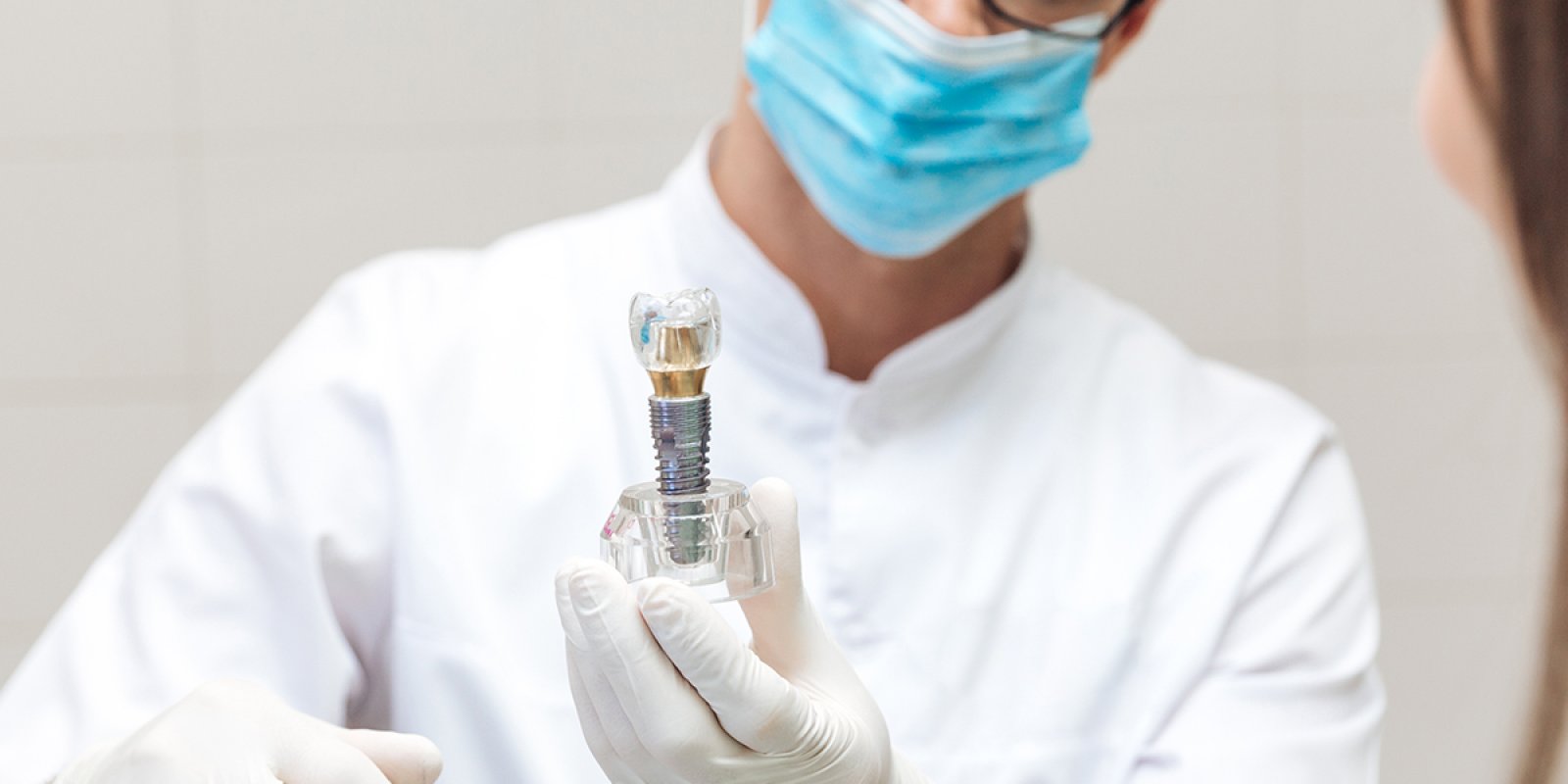DENTAID EXPERTISE
News for dentistry professionals
Gustatory Stimulants of Salivary Secretion and Their Effects on pH and Saliva Flow in Patients with Sjögren’s Syndrome: A RANDOMISED CONTROLLED TRIAL
16 May 2012

Authors: Duarte Nuno da Silva Marques1, António Duarte Sola Pereira da Mata1, José Maria Vaz Patto2, Filipe Alexandre Duarte Barcelos2, João Pedro de Almeida Rato Amaral1, Miguel Constantino Mendes de Oliveira1, Cristina Gutierrez Castanheira Ferreira1
1 Oral Biology and Biochemistry Group, Biomedical and Oral Sciences Research Unit (Unidad FCT 4062), School of Dental Medicine of the University of Lisbon, Lisbon, Portugal;
2 Portuguese Institute of Rheumatology, Lisbon, Portugal
OBJECTIVES
To compare two different types of gustatory stimulants of salivary secretion (GSSS) and the resulting changes in saliva pH and efficacy in salivary stimulation in patients with primary Sjögren’s Syndrome. PLACE Portuguese Institute of Rheumatology.
TRIAL DESIGN
Double blind, randomised and controlled.
SUBJECTS
80 patients were randomised into two treatment types. Sample size was determined by setting alpha level at 0.05 and a beta level at 0.20.
MATERIALS AND METHODS
Participants were randomised to receive either a new GSSS containing malic acid, fluoride and xylitol or a citric acid-based traditional one. Saliva samples were taken at different times, using the methods established. A pH meter and a microelectrode were used to measure salivary pH.
MAIN VARIABLES ASSESSED
Variations in salivary pH, the number of subjects with a pH below 4.5 for over 1 minute and stimulated salivary flow were among the main variables assessed.
RESULTS
Both GSSSs significantly stimulated saliva production, without great differences between groups. The new gustatory stimulant of salivary secretion showed an absolute risk reduction of 52.78% [33.42–72.13 (95% CI)] when compared to the traditional stimulant.
CONCLUSIONS
In patients with primary Sjögren’s Syndrome, the gustatory stimulants of salivary secretion containing malic acid alone with fluoride and xylitol showed a similar salivary stimulation capacity compared to the citric acid-based ones. Furthermore, the formulation with malic acid significantly reduced the number of times pH dropped below 4.5 compared with the citric acid formulation. This fact could be related to a minor risk for dental erosion, but needs to be confirmed through further study.
Bibliography
Journal of Oral Pathology & Medicine (2011) doi: 10.1111/j.1600-0714.2011.01038.
RELATED ARTICLES

18 Jun 2020
PERIO·AID® BIOADHESIVE GEL IMPROVES HEALING AND RESTORATIVE EFFICACY AFTER ORAL SURGERY
A clinical trial has shown the regenerative properties of PERIO·AID® Bioadhesive gel after surgical removal of two third molars. Evaluation* of the…

10 Mar 2020
Improving clinical outcomes in patients with peri-implant mucositis through mechanical control of biofilm and accompanying mouthwash
Mechanical control of biofilm by the dental clinic practitioner, as well as by the patient, together with an adjunctive chlorhexidine and…

27 Jun 2019
ANTIBACTERIAL PREVENTION IN TITANIUM DENTAL IMPLANTS
This study will be useful for the future development of antibacterial strategies preventing incidence and progression of peri-implantitis in patients…
Sign up for the DENTAID Expertise newsletter
Sign up for the newsletter